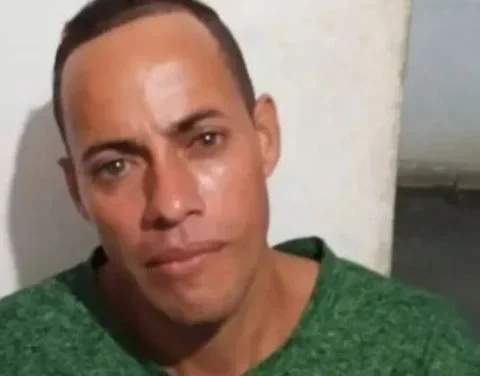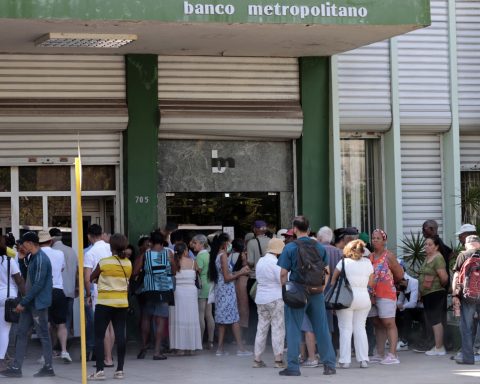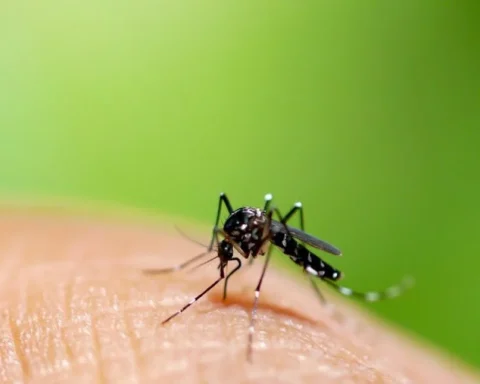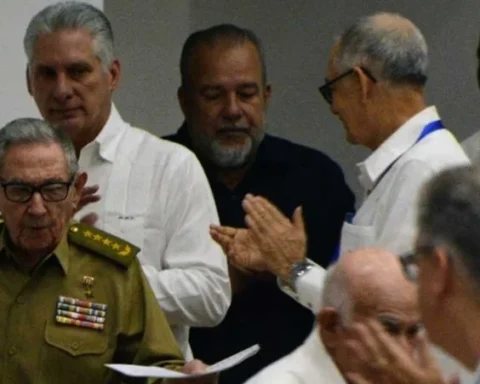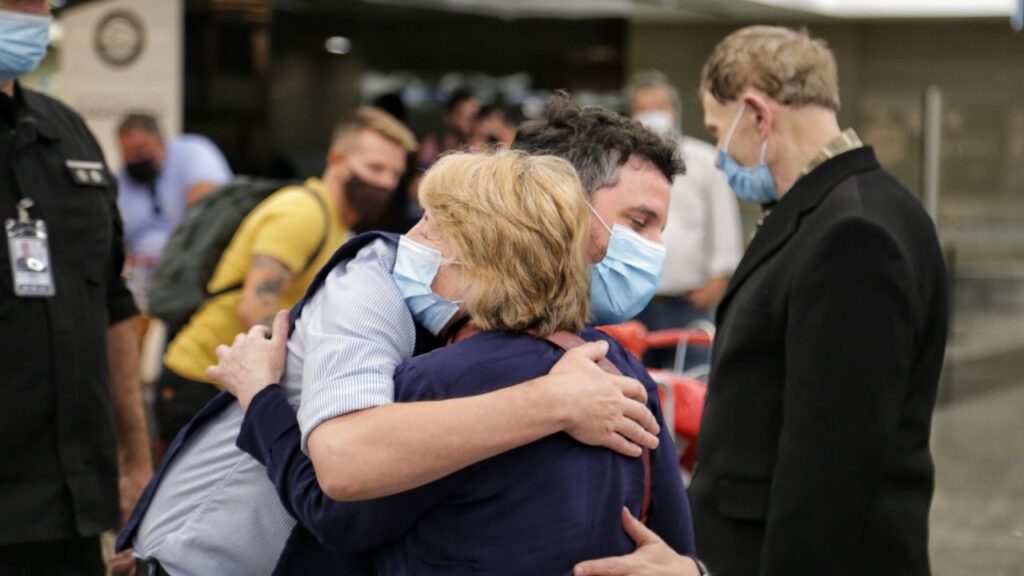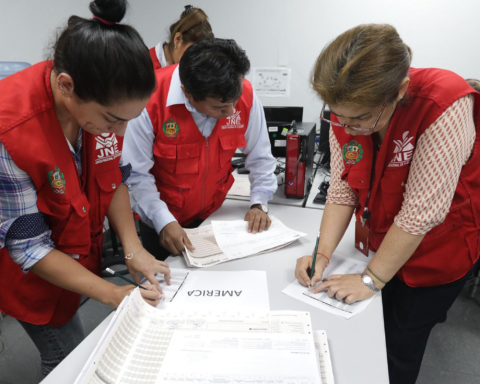Students, authorities and residents of this city today paid tribute to José Antonio Echeverría, an outstanding leader of the Cuban student movement, who fell in unequal combat against the police in 1957.
The traditional pilgrimage of each year was made from the central José Antonio Echeverría Birthplace Museum to the cemetery of this coastal city, located north of the province of Matanzas and 150 kilometers east of Havana, which keeps the remains of the beloved son Cardenas.
Echeverría (1932-1957) fell during an armed action by the Revolutionary Directorate (DR) against the tyrant Fulgencio Batista, consisting of the simultaneous assault on the Presidential Palace and the seizure of Radio Reloj, both in the Cuban capital, on March 13, 1957. .
Known by friends and colleagues as Manzanita, he entered the University of Havana where he enrolled in Architecture in the 1950-51 academic year, and three years later he was elected president of the Student Association of that Faculty and joined the Federation of University Students (FEU) .
At the end of 1955, together with other brothers in the cause, he founded the DR, a clandestine student organization to combat the de facto Batista regime and responsible for organizing and carrying out the attacks on the Palace and the aforementioned radio station.
After finishing the operation of Radio Reloj, commanded by Echeverría, and when they were going to the University of the capital, the car they were traveling in had an encounter with a police car and a fight broke out, in which the beloved youth leader died.

